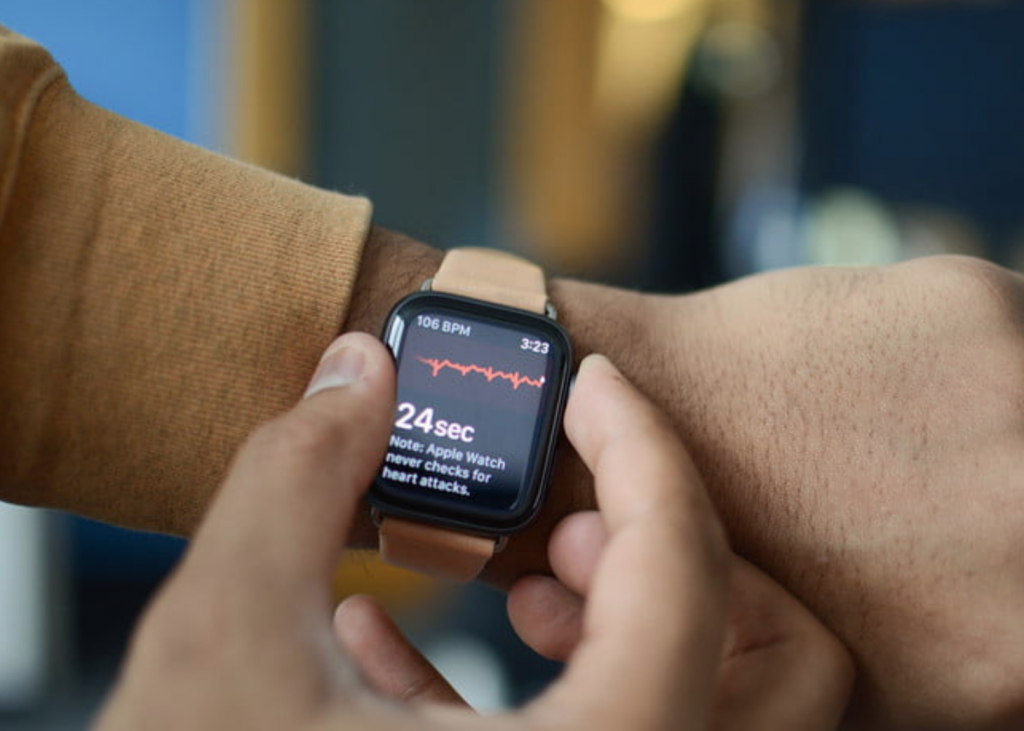Wearable tech are perhaps the most renowned health-centric devices in the world today.
Smart watches and other miniature electronics record and collect everything from our blood pressure and steps to calories burned and even fall detection.
Here are three notable wearable tech trends to look forward to for this year and beyond.
Biosensors
Biosensors are unique in that they do more than just count steps and calories. A wearable biosensor can collect temperature, respiratory rate and movement, among others.
In terms of healthcare, these miniature devices can address preventable cardiac or respiratory arrests by a huge margin. When connected to a network or the internet, an alert can be sent whenever an abnormal reading is seen even from a remote aspect.
Biosensors may be placed on clothing, shoes or even attached to the body with minimal discomfort.
Integration with Other Industries
As the wearable market surges it will become more accessible for everyone. Health providers and insurance agencies are just some of the industries that can benefit from this widespread adaptation.
Medical monitoring devices may even lessen the likelihood of medical malpractice by providing more reliable data for doctors to base their diagnosis on. Wearable tech like a smart watch incentivizes exercise and living a healthy lifestyle, all of which can lead to reduced hospital visits and medicines.
Companies are also seeing how wearable tech can benefit their employees. As the shift turns to a healthier corporate culture, businesses find that these devices reduce turnover by as much as 9 percent.
5G
A faster connection can benefit healthcare as a whole. This means files, communication and processes that involve the internet can get done faster than ever even when the physician is in a remote location.
The year 2020 is waiting for the implementation of 5G speeds on smartphones, laptops, health monitoring devices and wearables to aid in conducting remote patient monitoring. Healthcare professionals won’t have to be tied up with slow internet being the bottleneck. What’s more, teleconferences and e-appointments is now possible even on great distances.

